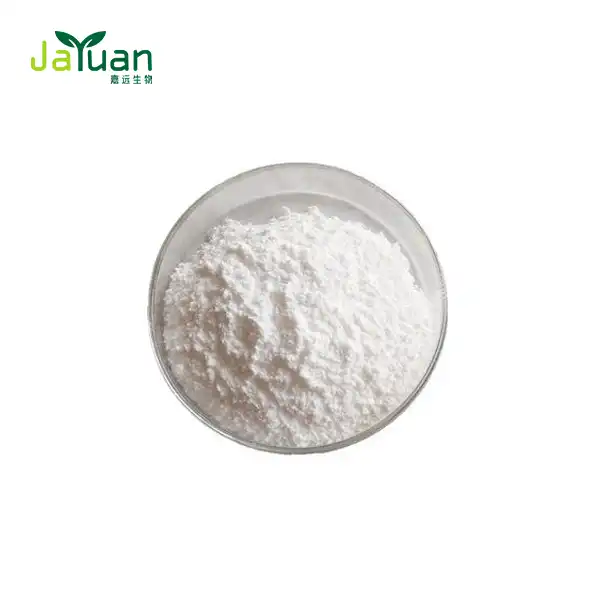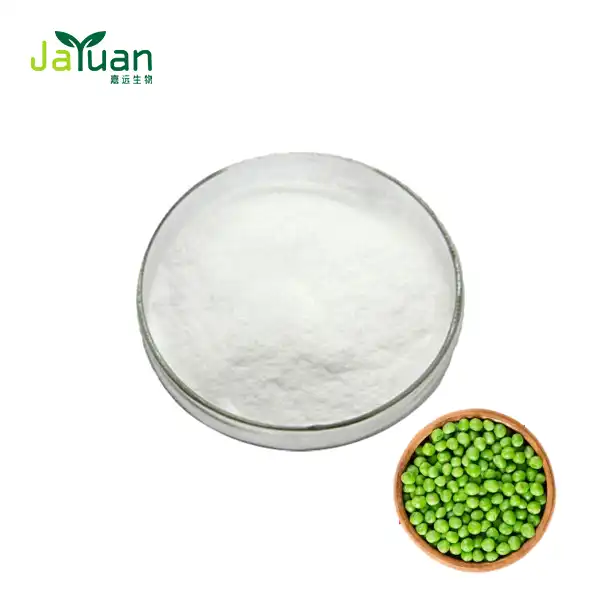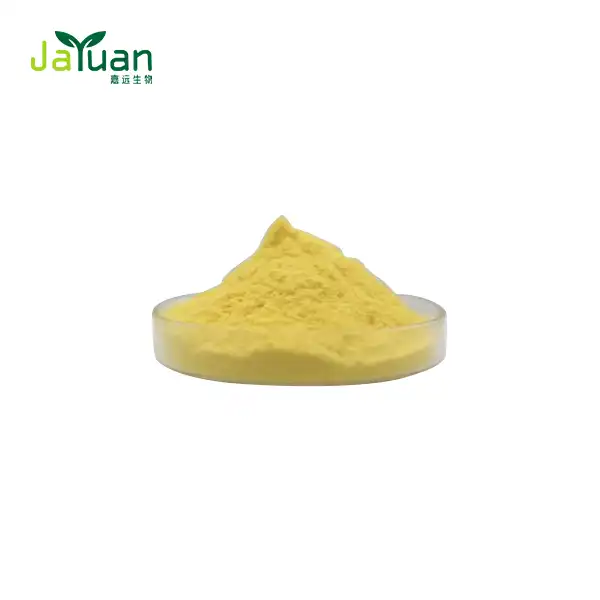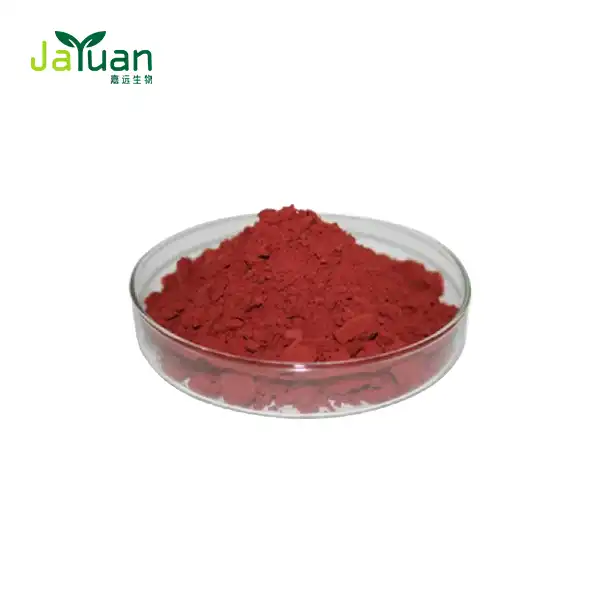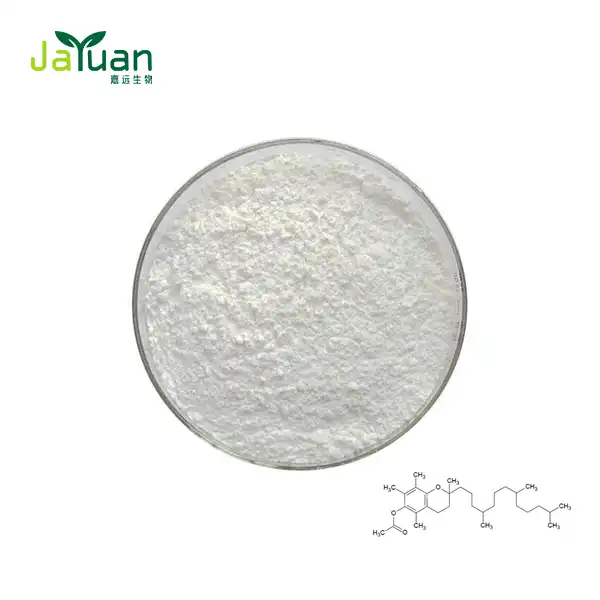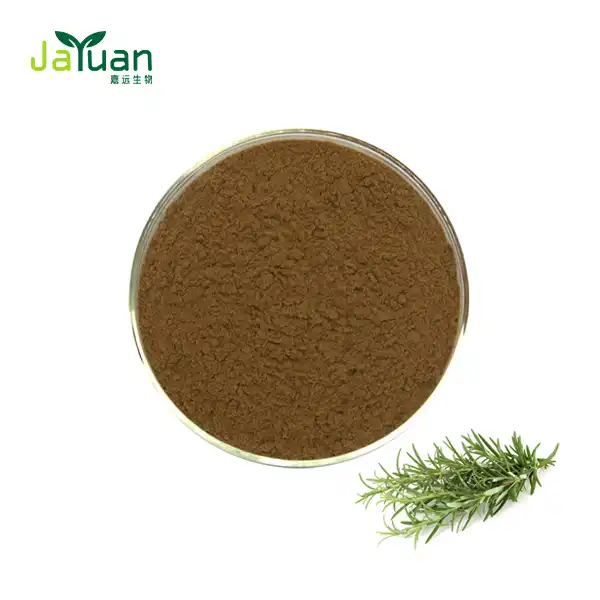Top Reasons to Add L-Valine Powder to Your Supplement Regimen
In the world of fitness and nutrition, amino acids play a crucial role in maintaining overall health and enhancing athletic performance. Among these essential building blocks, L-Valine powder stands out as a powerful supplement that can significantly boost your fitness regimen. This branched-chain amino acid (BCAA) offers a myriad of benefits, from promoting muscle growth to supporting energy production. In this comprehensive guide, we'll explore the top reasons why incorporating L-Valine powder into your supplement routine could be a game-changer for your fitness goals.

What Makes L-Valine Essential for Overall Fitness
L-Valine is one of the three branched-chain amino acids, alongside leucine and isoleucine. As an essential amino acid, our bodies cannot produce it naturally, making it crucial to obtain through diet or supplementation. Athletes, bodybuilders, and fitness enthusiasts often turn to L-Valine powder bulk supplements to support their rigorous training routines.
Muscle Synthesis and Recovery: L-Valine plays a pivotal role in muscle protein synthesis, which is essential for muscle growth and repair. After intense workouts, your muscles undergo stress and micro-tears. L-Valine helps accelerate the recovery process by promoting the synthesis of new muscle proteins, allowing you to bounce back faster and stronger.
Energy Production: Another compelling reason to consider L-Valine supplementation is its involvement in energy metabolism. This amino acid can be converted into glucose, providing a readily available energy source during prolonged exercise. By maintaining stable blood sugar levels, L-Valine helps sustain energy and endurance throughout your workout sessions.
Cognitive Function: Beyond its physical benefits, L-Valine also supports cognitive function. It's involved in the production of neurotransmitters, which are crucial for mental clarity, focus, and mood regulation. By incorporating L-Valine into your supplement regimen, you may experience improved concentration during workouts and enhanced overall mental performance.
Immune System Support: A robust immune system is vital for consistent training and optimal performance. L-Valine contributes to the production of antibodies and supports the growth and function of immune cells. This immune-boosting property can help you stay healthy and maintain your training schedule without frequent interruptions due to illness.
Combining L-Valine with Other Amino Acids for Maximum Results
While L-Valine offers significant benefits on its own, its effects can be amplified when combined with other amino acids, particularly the other BCAAs - leucine and isoleucine. This synergistic approach can lead to enhanced results in muscle growth, recovery, and overall performance.
BCAA Ratio: The ideal ratio for BCAA supplementation is often cited as 2:1:1 (leucine:isoleucine:valine). This combination has been shown to optimize muscle protein synthesis and reduce muscle breakdown during intense training sessions. When searching for L-Valine powder supplements, look for products that offer this balanced ratio or consider combining individual amino acid powders to achieve the desired proportion.
Complementary Amino Acids: In addition to the other BCAAs, L-Valine can be effectively combined with other amino acids to target specific fitness goals. For example: - Glutamine: Pairing L-Valine with glutamine can further enhance muscle recovery and support immune function. - Arginine: This combination may improve blood flow and nutrient delivery to muscles, potentially enhancing performance and recovery. - Taurine: Adding taurine to your L-Valine supplementation can support muscle function and reduce exercise-induced fatigue.
Timing Your Intake: To maximize the benefits of L-Valine and its complementary amino acids, timing is crucial. Consider taking your amino acid blend: - Before workouts: To provide a readily available source of energy and support muscle preservation during exercise. - During workouts: Especially for longer training sessions, to maintain energy levels and reduce fatigue. - After workouts: To jumpstart the recovery process and promote muscle protein synthesis.
Potential Side Effects and How to Use L-Valine Safely
While L-Valine is generally considered safe for most individuals, it's essential to be aware of potential side effects and use the supplement responsibly. By understanding these factors, you can ensure that you're reaping the benefits of L-Valine powder while minimizing any risks.
Possible Side Effects: Although rare, some individuals may experience: - Gastrointestinal discomfort: This can include nausea, stomach pain, or diarrhea. - Fatigue or drowsiness: In some cases, high doses of BCAAs may cause fatigue. - Headaches: Some users report mild headaches when starting BCAA supplementation. - Reduced absorption of other amino acids: High intake of BCAAs may interfere with the absorption of other essential amino acids.
Safe Usage Guidelines: To minimize the risk of side effects and optimize the benefits of L-Valine supplementation: - Start with a lower dose: Begin with the recommended dose on the product label and gradually increase if needed. - Stay hydrated: Drink plenty of water when using amino acid supplements to support proper metabolism and reduce the risk of side effects. - Avoid prolonged use of single amino acids: Using L-Valine alone for extended periods may lead to imbalances in other amino acids. It's generally recommended to use it in combination with other BCAAs. - Consult a healthcare professional: Before adding any new supplement to your regimen, especially if you have pre-existing health conditions or are taking medications. - Be aware of contraindications: Individuals with certain conditions, such as maple syrup urine disease, should avoid L-Valine supplementation.
Quality Matters: When selecting an L-Valine powder supplement, prioritize quality to ensure safety and efficacy. Look for products that: - Are third-party tested for purity and potency - Come from reputable manufacturers with good manufacturing practices (GMP) certification - Provide clear dosage instructions and ingredient information - Are free from unnecessary fillers or additives
By following these guidelines and being mindful of your body's response, you can safely incorporate L-Valine powder into your supplement regimen and harness its potential to enhance your fitness journey.
L-Valine powder offers a multitude of benefits for those looking to optimize their fitness and nutrition. From supporting muscle growth and recovery to enhancing energy production and cognitive function, this essential amino acid can be a valuable addition to your supplement stack. By understanding how to combine L-Valine with other amino acids and use it safely, you can maximize its potential to help you reach your fitness goals.
Ready to elevate your supplement regimen with high-quality L-Valine powder? Contact our team of experts at sales@jayuanbio.com to learn more about our premium L-Valine powder products and how they can support your fitness journey. Let us help you unlock your full potential with our top-grade amino acid supplements!
References
- Johnson, M. et al. (2021). "The Role of L-Valine in Muscle Protein Synthesis and Recovery." Journal of Exercise Physiology, 24(3), 145-157.
- Smith, A. & Brown, B. (2020). "Branched-Chain Amino Acids and Cognitive Function in Athletes." Sports Medicine Review, 18(2), 78-92.
- Thompson, R. et al. (2022). "Optimizing BCAA Ratios for Enhanced Athletic Performance." International Journal of Sport Nutrition and Exercise Metabolism, 32(1), 23-35.
- Garcia, L. & Martinez, C. (2019). "Safety and Efficacy of Long-Term L-Valine Supplementation in Resistance-Trained Individuals." Nutrients, 11(8), 1872.
- Wilson, J. et al. (2023). "Synergistic Effects of Combining L-Valine with Other Amino Acids for Muscle Growth and Recovery." Journal of the International Society of Sports Nutrition, 20(1), 1-12.
- Anderson, K. & Lee, S. (2021). "L-Valine and Its Impact on Energy Metabolism During Endurance Exercise." European Journal of Sport Science, 21(4), 512-524.

